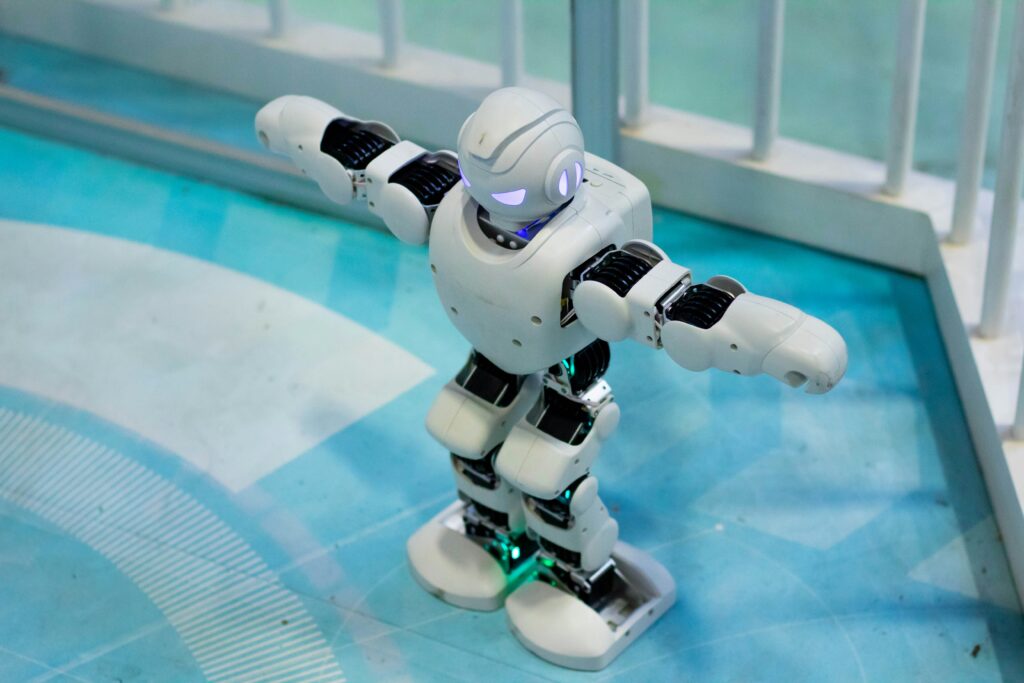Generative AI’s Unprecedented Surge: A New Era of Creation
The past year has witnessed a remarkable acceleration in Generative AI capabilities, pushing the boundaries of what machines can create and reimagine. Recent breakthroughs, particularly in early 2024, include the unveiling of sophisticated text-to-video models capable of producing highly realistic, coherent, and often artistic video content from simple textual prompts. This isn’t merely an incremental update from static image generation; it signifies a profound shift, offering tools that could fundamentally change how content is produced across various creative and industrial sectors. These advancements, built upon cutting-edge Machine Learning architectures like transformers and diffusion models, are rapidly making AI-generated content virtually indistinguishable from human-made work, raising both immense excitement and complex ethical questions about authenticity and authorship. The ability to quickly iterate on complex visual narratives or rapidly prototype design concepts represents a paradigm shift for creators and businesses alike.
Data & Research: The Exponential Growth of Generative AI Adoption
The financial world is taking note of this revolution. A compelling report from Grand View Research, published in late 2023, projects the global Generative AI market size to skyrocket, reaching an estimated USD 1.3 trillion by 2032. This represents an astonishing compound annual growth rate (CAGR) of 35.6% from 2023 to 2032, underscoring the widespread adoption and massive investment pouring into Generative AI technologies across diverse industries. The report meticulously highlights increased enterprise demand for advanced automation, hyper-personalized content creation at scale, and innovative customer experiences as primary drivers for this unprecedented expansion. Furthermore, continuous research by leading AI labs, such as Google DeepMind, OpenAI, and Meta AI, consistently demonstrates new benchmarks in multimodal understanding and generation, from sophisticated language processing to intricate 3D model creation, indicating that the pace of innovation is unlikely to slow down. For more insights into how AI is being integrated into business operations, read our article on AI applications in business.
Transformative Impact Across Industries and Society
The ripple effect of advanced Generative AI is being felt across virtually all creative industries, spanning from marketing and advertising to film production, music composition, and software development. In marketing, AI empowers teams to quickly generate diverse ad copy, visuals, and even entire campaign narratives, allowing for unprecedented personalization and A/B testing at scale. Filmmakers and animators are exploring AI for rapid prototyping of scenes, realistic character design, environmental generation, and even synthetic voice acting, drastically reducing production times and costs. Software developers are increasingly utilizing AI to assist in code generation, accelerate debugging processes, and enhance software testing, thereby significantly speeding up development cycles and improving code quality. While concerns about job displacement are understandable and frequently debated, many experts argue that these AI tools are more likely to augment human capabilities, acting as powerful co-pilots that enable professionals to focus on higher-level strategic thinking, artistic direction, and complex problem-solving. This shift redefines roles, fostering new avenues for creativity and efficiency rather than outright replacement.
The Road Ahead: Expert Predictions and Ethical Imperatives
Looking forward, industry leaders and experts predict that the integration of Generative AI will become even more seamless, leading to hyper-personalized experiences across digital platforms and new forms of human-computer interaction. Dr. Anya Sharma, a leading AI ethicist at Stanford University, recently emphasized, “The next frontier for Generative AI isn’t just about creating more; it’s about ethical integration. We must prioritize fairness, transparency, and robust accountability frameworks in its development and deployment to ensure it serves humanity beneficially.” The critical challenges ahead include developing comprehensive legal frameworks for intellectual property rights concerning AI-generated content, effectively combating the spread of misinformation and deepfakes, and ensuring equitable access to these powerful tools to prevent a widening digital divide. Further advancements are anticipated in AI’s ability to understand and generate content in real-time, adapting instantly to complex user feedback and intricate contextual nuances. The future of AI also involves tackling the substantial energy consumption associated with training and running these massive models, necessitating the development of more efficient and sustainable AI architectures. This ongoing dialogue underscores the critical need for a balanced approach: one that enthusiastically harnesses AI’s transformative potential while rigorously mitigating its inherent risks and addressing its societal implications. This approach will define whether Generative AI truly revolutionizes or merely complicates our future. For further details on the market projections and trends, you can refer to the Grand View Research report on Generative AI.
The rapid advancements in Generative AI underscore a pivotal moment in technology, promising unprecedented creative freedom and efficiency. Businesses and individuals alike must actively adapt to these changes, embracing the tools that enhance creativity and productivity while critically engaging with the profound ethical implications. Keeping pace with these innovations is not just beneficial, but crucial for successfully navigating the evolving digital landscape and shaping a responsible AI-powered future.

